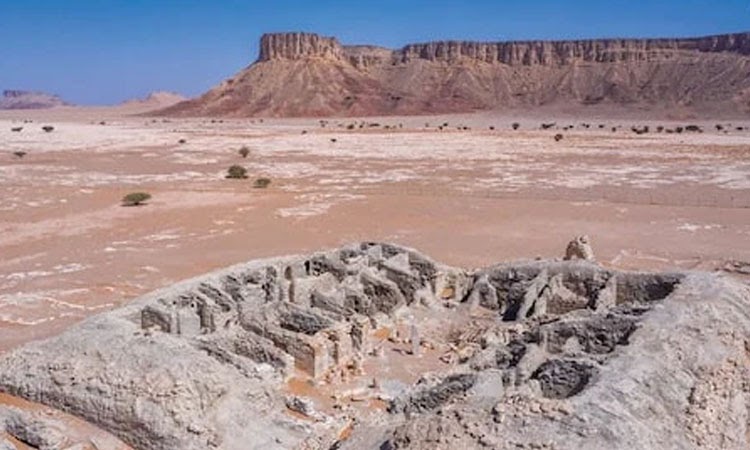During the excavation, archaeologists have found a rock-cut temple on the top of the Tuwaq ranges. The remains associated with religious rituals have also been found inside this temple, which show that the people living there used to follow the tradition of worship.
Apart from this, a total of 2,807 graves have also been found in this area, which are connected to different periods.
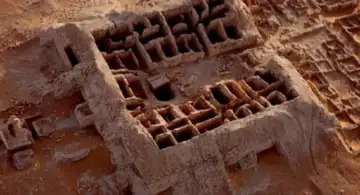
Al-Pao was once considered the capital of the Kinda Empire. The religious inscriptions and idols of temples found here prove that there was a tradition of idolatry in this area. A team of international experts under the supervision of Saudi Arabia’s Heritage Commission carried out the archaeological study going on for years here.
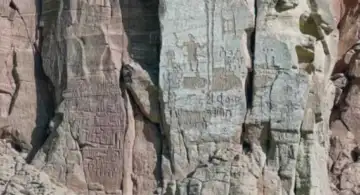
Another important aspect of this historical discovery is- the ancient irrigation system. The study has revealed that people of that period used to make canals, water tanks and hundreds of pits to bring rain water to the fields. This is proof that they were familiar with advanced methods of water management even in difficult desert conditions.
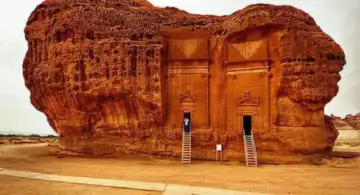
There has also been a glimpse of Neolithic Period in this region. The remnants of human settlements of that era have been found in the excavation, which suggest that human habitat was present here thousands of years ago.
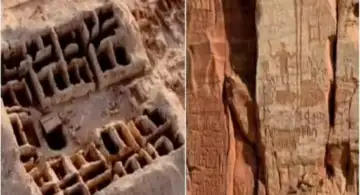
The remains of this ancient temple made of strong stones show the magnificent architecture and deep faith of its manufacturers. The remains of the altars found near it shows that the ancient people used to perform religious rituals and worship in the al-F area.
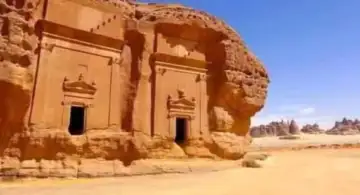
This discovery not only reflects the antiquity of the Arabian Peninsula, but also explains how thousands of years ago lived life with advanced social, religious and water management systems even in difficult geographical conditions.
